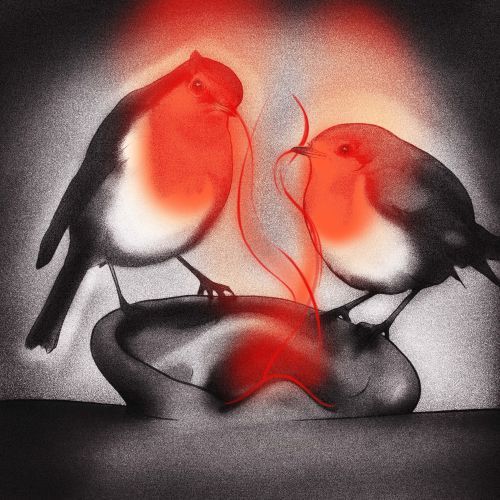Technology and health: robots vs. cancer and post-stroke systems
The Ion endoluminal system (Ion) is a robotic-assisted bronchoscopy system made by the Intuitive company. Doctors use it at the Royal Brompton Hospital and St Bartholomew’s Hospital to investigate the possibility of curing lung cancer cases using robots. A manoeuvrable robotic catheter is inserted into the patient’s throat via an endotracheal tube, allowing specialists to reach the lung’s hard-to-reach areas and perform biopsies with greater precision.
An inexpensive, portable, wireless brain-computer interface connecting a patient’s brain after stroke to a powered exoskeleton has been validated and tested at the University of Houston. Thanks to this device, people who have suffered a stroke can use home rehabilitation. Electroencephalography-based brain-computer interface (BCI) is a system that connects between the brain and external devices. The device reads the human mind, interpreting brain activity to initiate the robot’s movement.
In a study conducted by the Center for Countering Digital Hate, a non-profit organisation that advocates against harmful online content, six popular AI programs – ChatGPT, Bard, My AI, DreamStudio, Dall-E and Midjourney – were asked to respond to 20 suggestions for topics related to eating disorders. Created by tech moguls, AI programs generated harmful advice and images 41% of the time, propagating behaviours leading to anorexia.























